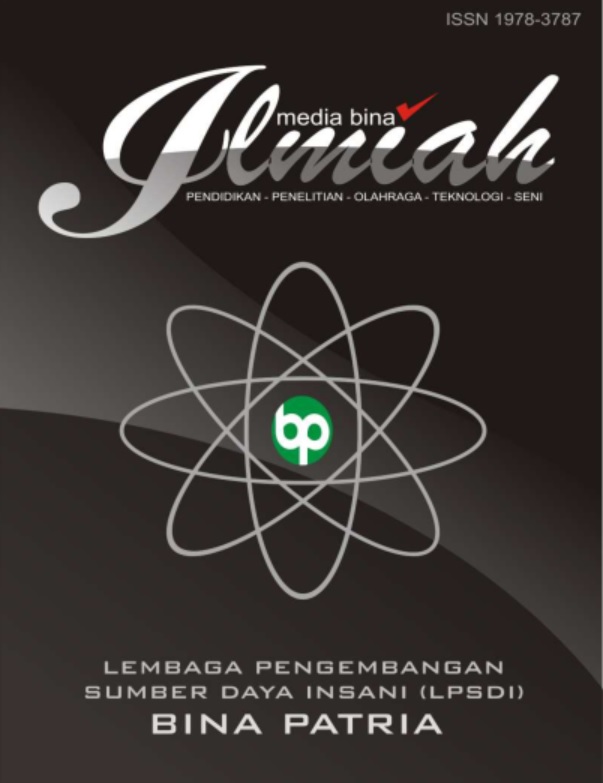PENGARUH ATRAKSI WISATA, FASILITAS, DAN PROMOSI TERHADAP JUMLAH WISATAWAN DI TAMAN BUNGA CELOSIA
Keywords:
Tourist Attractions, Facilities, Promotion, Number of TouristsAbstract
This study aims to analyze the influence of tourist attractions, facilities, and promotions on the number of tourists visiting Celosia Flower Park. The selection of this topic is based on the importance of the role of the destination as one of the main attractions in its area, but faces challenges in maintaining the consistency of the number of tourist visits. The method used is quantitative with a survey approach, using a questionnaire as an instrument for data collection. The sample consisted of visitors to Celosia Flower Park, and the data was analyzed using multiple linear regression techniques using SPSS software. The results showed that the three independent variables of tourist attractions, facilities, and promotions had a significant effect both simultaneously and partially on the number of tourist visits. Promotion proved to be the most dominant factor, followed by attractions and facilities. The R Square value of 0.653 indicates that the model can explain 65.3% of the variation in the number of tourists. These results emphasize the importance of an effective promotion strategy, supported by the development of attractions and improvement of facilities, in order to increase the competitiveness of tourist destinations. This study provides an empirical contribution for tourism managers in designing data-based policies to increase visits sustainably.
References
Statistik BP. Statistik Pariwisata Indonesia 2022. Jakarta BPS. 2022;
2021 LTP. Kementerian Pariwisata dan Ekonomi Kreatif. Jakarta: Kemenparekraf; 2022.
Yogyakarta: Andi Offset; 2004. Dasar-Dasar Pariwisata. Yogyakarta: Andi Offset. 2004.
Middleton VT CJ. Marketing in Travel and Tourism. 3rd ed. Oxford: Butterworth-Heinemann. 2001.
Damanik J WH. Perencanaan Ekowisata. Yogyakarta: Pustaka Pelajar. 2006.
Ardani NI DI. Pengaruh Fasilitas dan Harga Terhadap Kepuasan dan Loyalitas Wisatawan. E-Jurnal Manaj Unud 2020;9(1)67–83.
R. L. Manajemen Pemasaran Jasa. Jakarta: Salemba Empat. 2013.
Hanafiah MH ZM. Tourist satisfaction in Malaysia. Int J Bus Soc Sci 10(5)81–88. 2019;
OA Y. Pengantar Ilmu Pariwisata. Bandung: Angkasa. 1996;
Cooper C, Fletcher J, Fyall A, Gilbert D WS. Tourism: Principles and Practice. 4th ed Harlow Pearson Educ. 2008;
Mahendra A SA. Pengaruh Promosi dan Media Sosial terhadap Minat Berkunjung Wisatawan. J Pariwisata dan Perhotelan 18(2)123–130. 2021;
CA G. Tourism Planning. New York: Taylor & Francis. 2002.
Damayanti M PA. Strategi Pengembangan Daya Tarik Wisata Buatan. J Hosp Pariwisata 9(1)45–54. 2020;
Septiani S AS. Analisis Pengaruh Daya Tarik Wisata, Fasilitas, dan Promosi terhadap Keputusan Berkunjung. J Ilmu Sos Hum 2021;10(2)155–165.
E I. Tourism Planning. New York Van Nostrand Reinhold. 1991;
Kotler P KK. Marketing Management. 15th ed Up Saddle River Pearson. 2016;
HI. M. Pengetahuan Kepariwisataan. Bandung: Angkasa. 2002;
Mulyani S NI. Pengaruh Media Sosial Terhadap Jumlah Kunjungan Wisata. J Pariwisata Nusantara 6(2)101–109. 2021;
A H. Komunikasi Pemasaran. Jakarta Bumi Aksara. 2012;
S. W. Metodologi Penelitian Sosial Ekonomi. Jakarta Rajawali Pers. 2016;
Sugiyono. Metode Penelitian Kuantitatif, Kualitatif dan R&D. Bandung (ID): Alfabeta; 2014.
Huda NN, Suryoko S, Waloejo HD. Pengaruh Kualitas Pelayanan dan Fasilitas Wisata terhadap Keputusan Berkunjung Kembali dengan Kepuasan Pengunjung sebagai Variabel Intervening (Studi pada Pengunjung Hortimart Agro Center Bawen). J Ilmu Adm Bisnis. 2022;11(2):198–206.
Downloads
Published
Issue
Section
License
Copyright (c) 2025 Ufililai Sihura , Julian Andriani Putri

This work is licensed under a Creative Commons Attribution 4.0 International License.
















